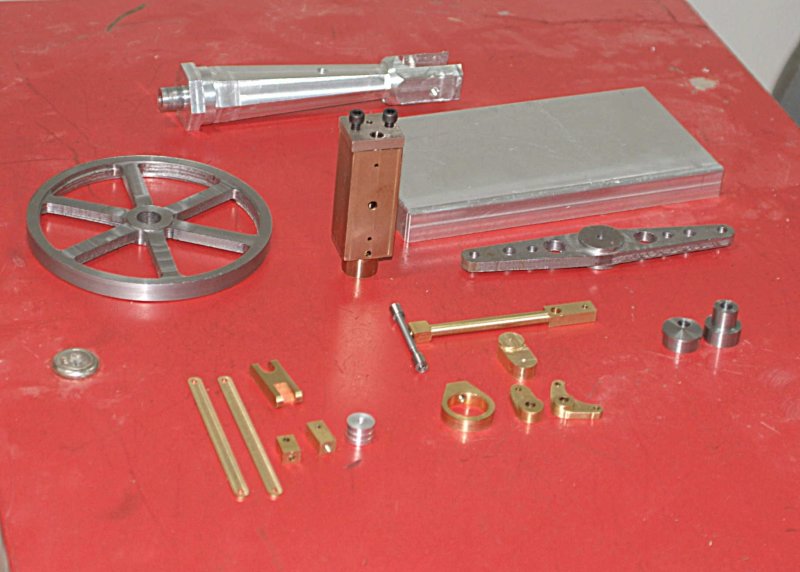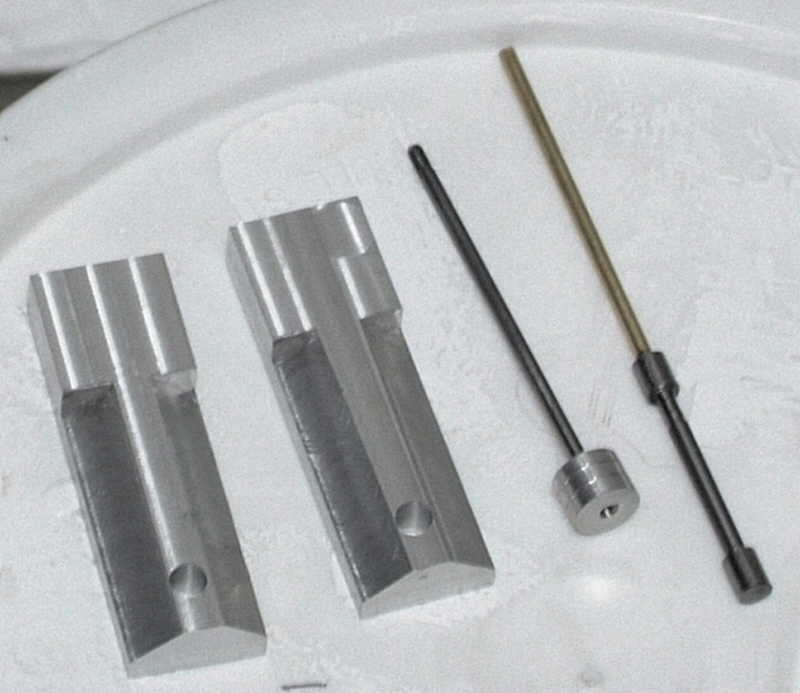- Joined
- Jun 4, 2008
- Messages
- 3,285
- Reaction score
- 630
First night back in the school shop. I finished the 2nd piece of the eccentric, with the offset hole and an outer rim similar to what Gail did. I'm undecided about how to attach the two pieces, although a small capscrew seems the most logical. The inner piece is not as tight a fit to the flywheel as I would like, so it looks as if I will need to use locktite there.
Then I started on the valve, and made a piece of scrap after 2 hours by turning it undersize. Started a second piece and after some "rough" turning realized that the two valve rounds are further apart than the drawing by .015". Maybe Brian or someone can tell me if this is a critical dimension. If not I can continue on tomorrow, or else start on V3.
Lucky for me the school has about 100' of 1/2" brass rod available, or this could be an expensive lesson. 8)
I'm also coming to the conclusion that trying to make precision parts on the lathe when you're tired and your feet hurt is counterproductive. I'm thinking that when I fubar a part, I should start making a different part before trying to correct the mistake the next time.
Then I started on the valve, and made a piece of scrap after 2 hours by turning it undersize. Started a second piece and after some "rough" turning realized that the two valve rounds are further apart than the drawing by .015". Maybe Brian or someone can tell me if this is a critical dimension. If not I can continue on tomorrow, or else start on V3.
Lucky for me the school has about 100' of 1/2" brass rod available, or this could be an expensive lesson. 8)
I'm also coming to the conclusion that trying to make precision parts on the lathe when you're tired and your feet hurt is counterproductive. I'm thinking that when I fubar a part, I should start making a different part before trying to correct the mistake the next time.






